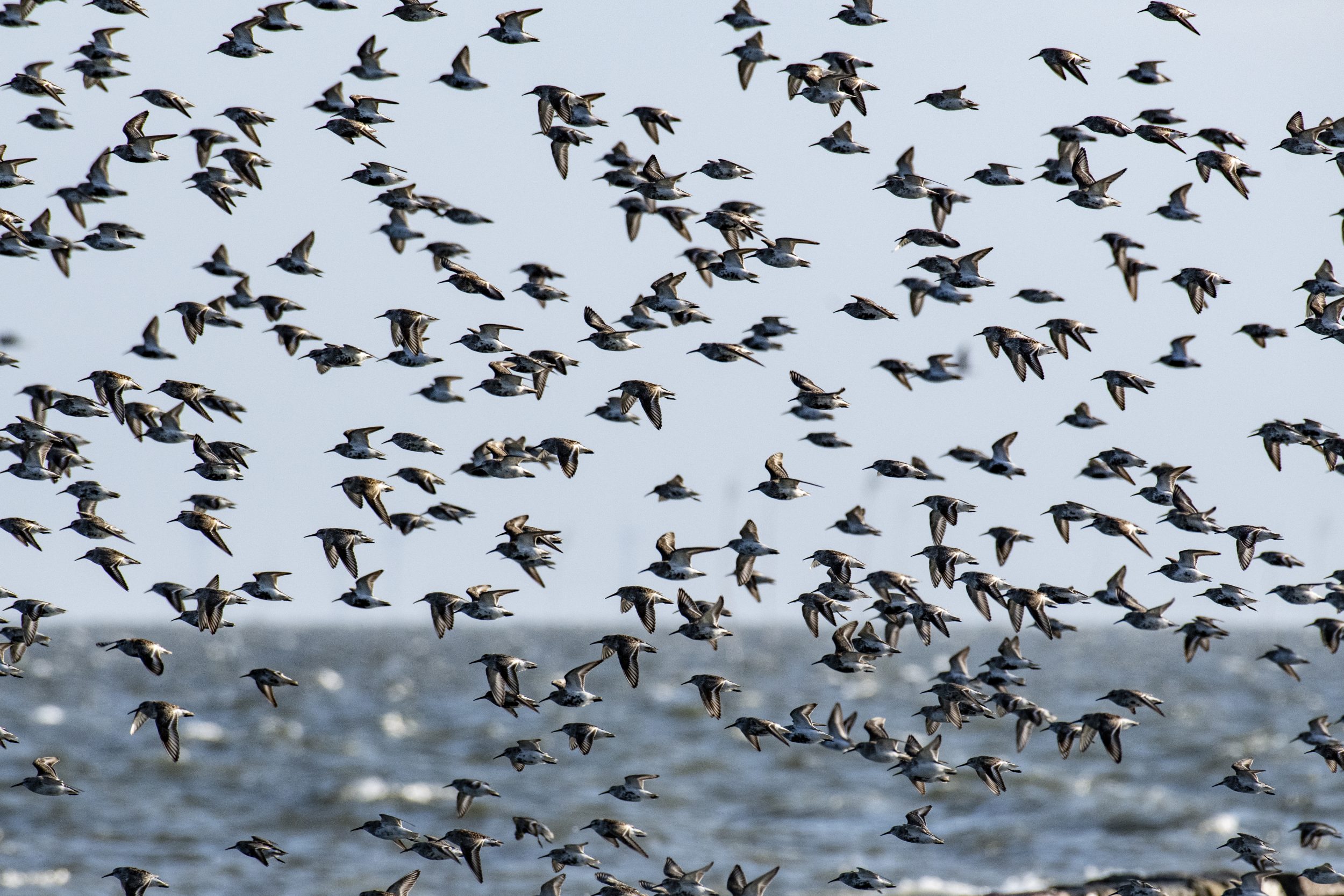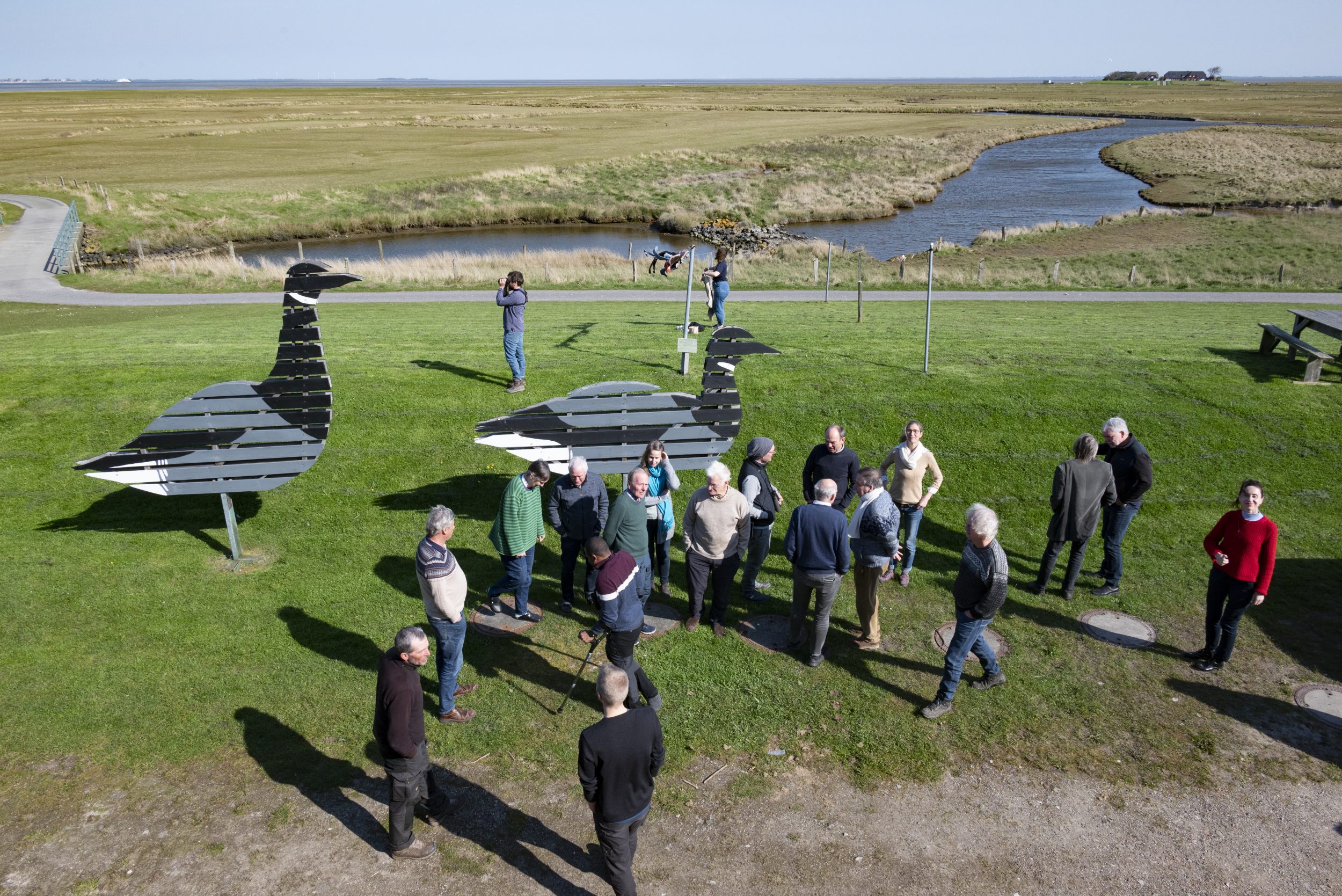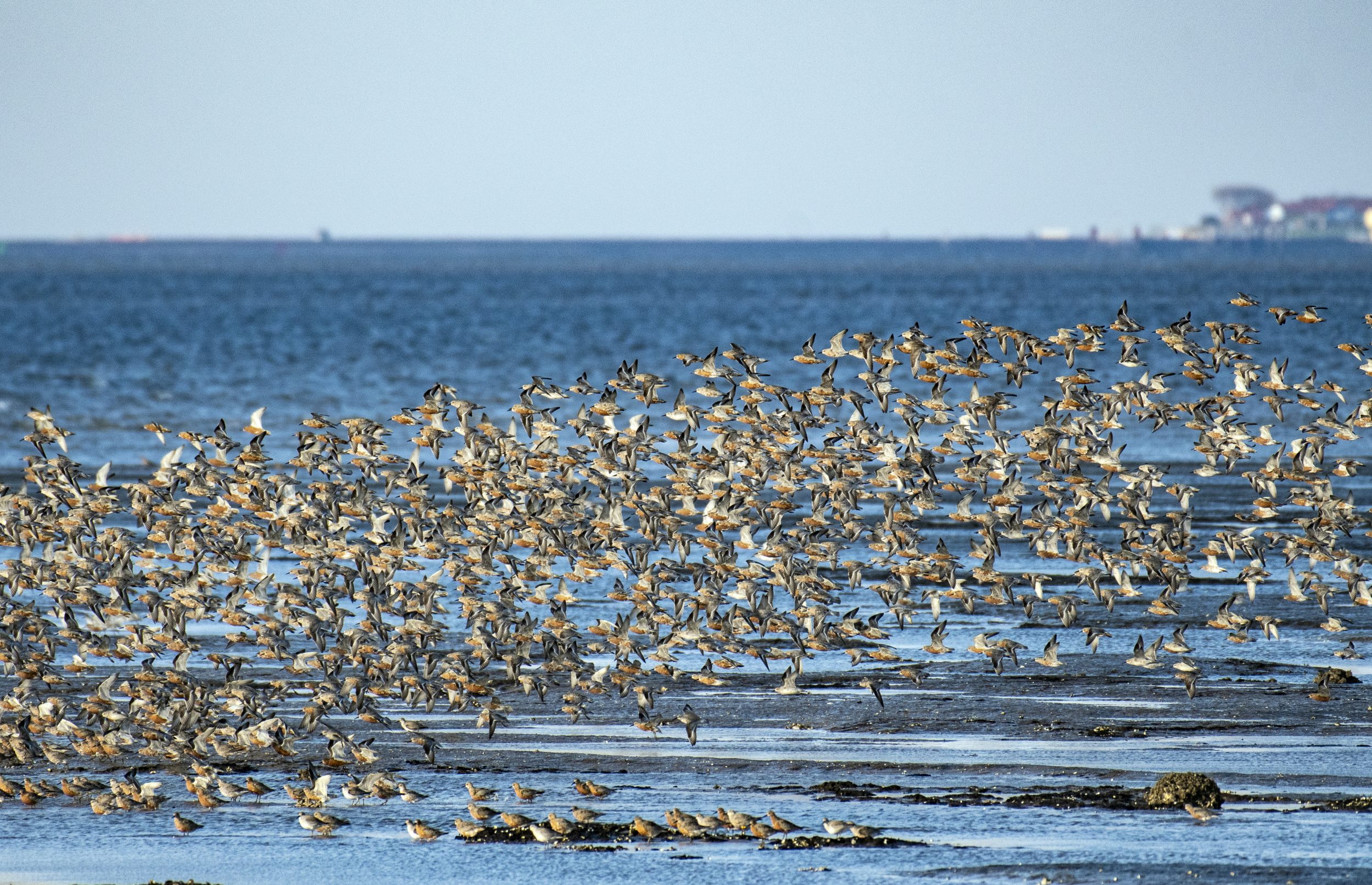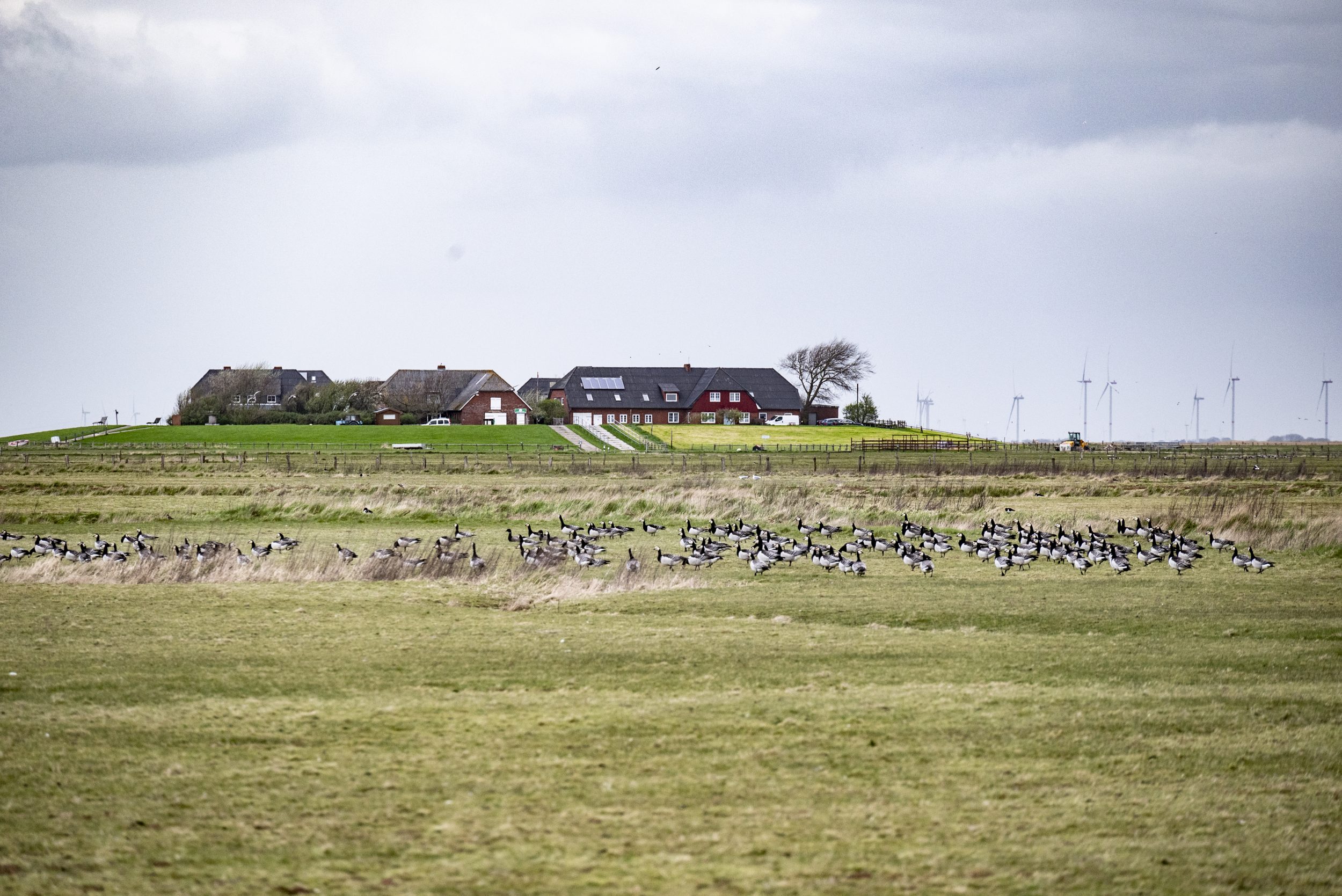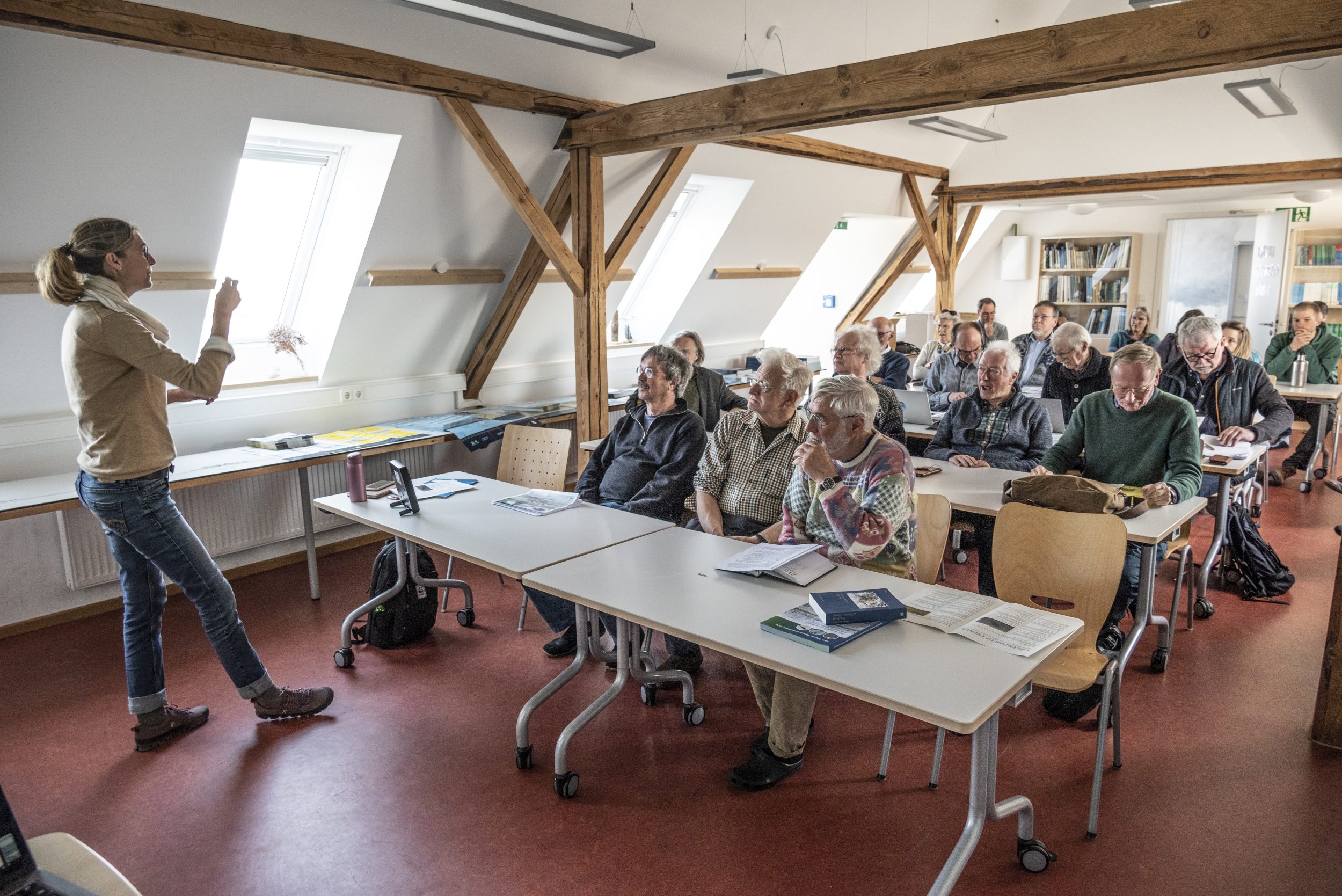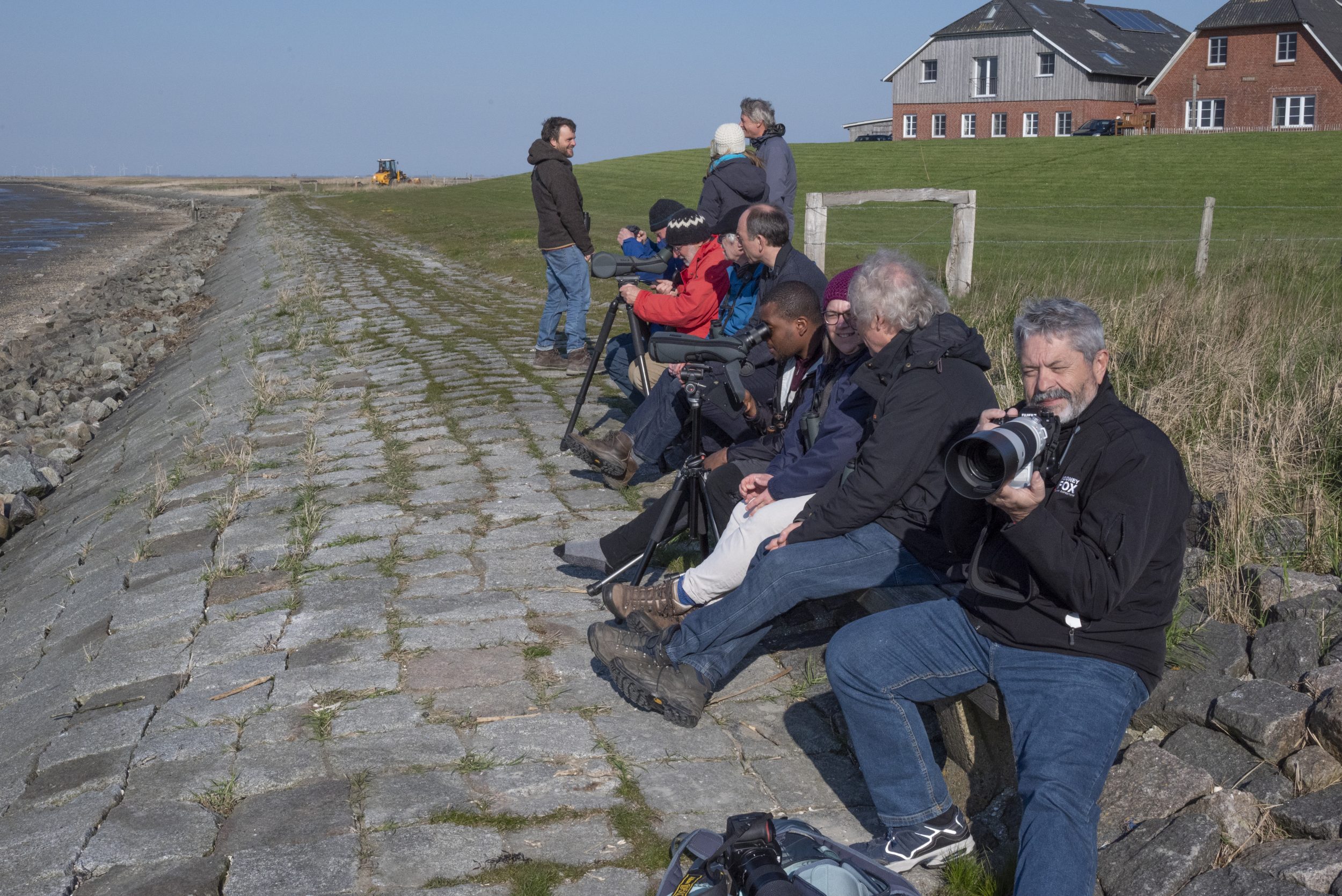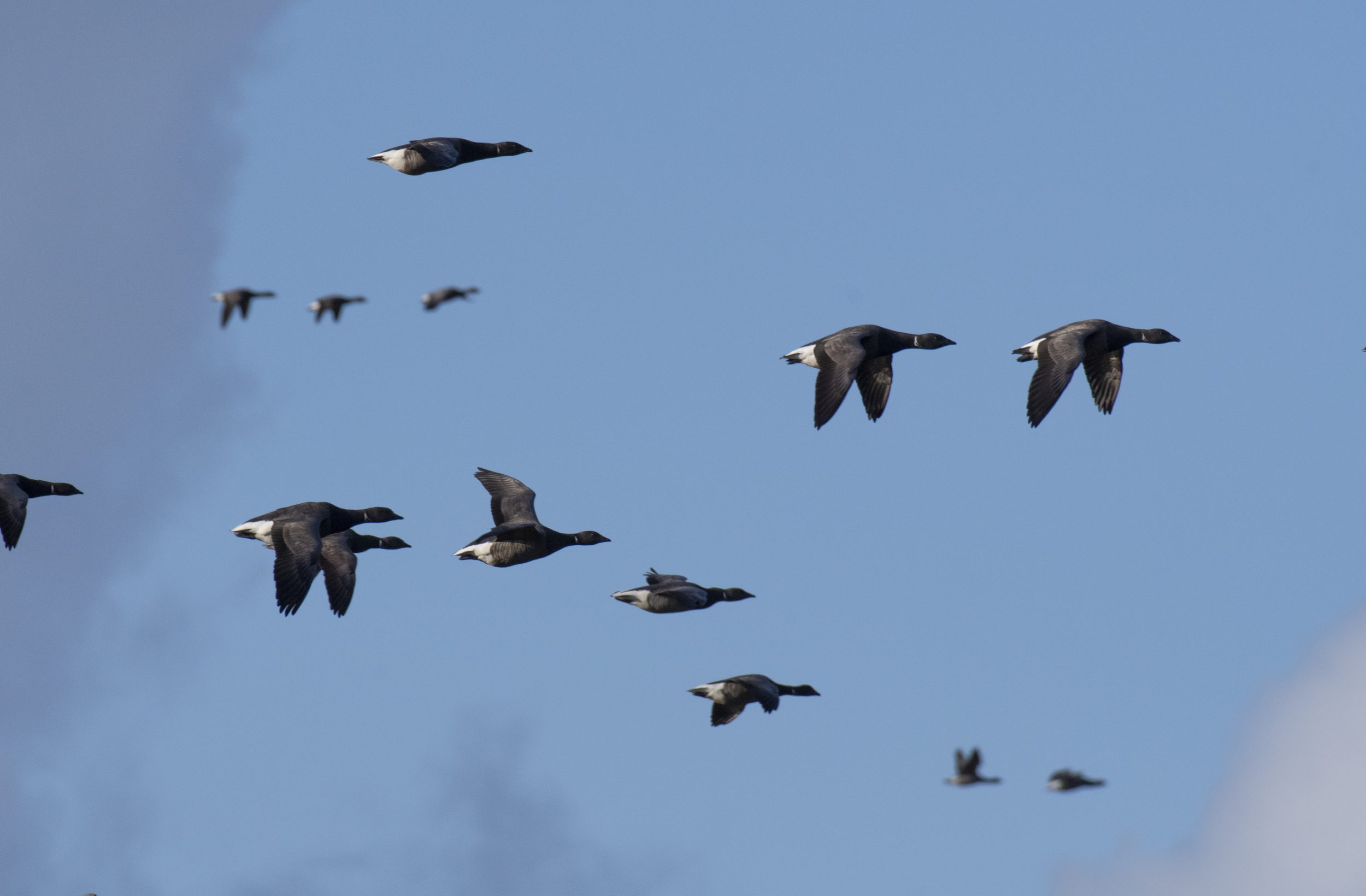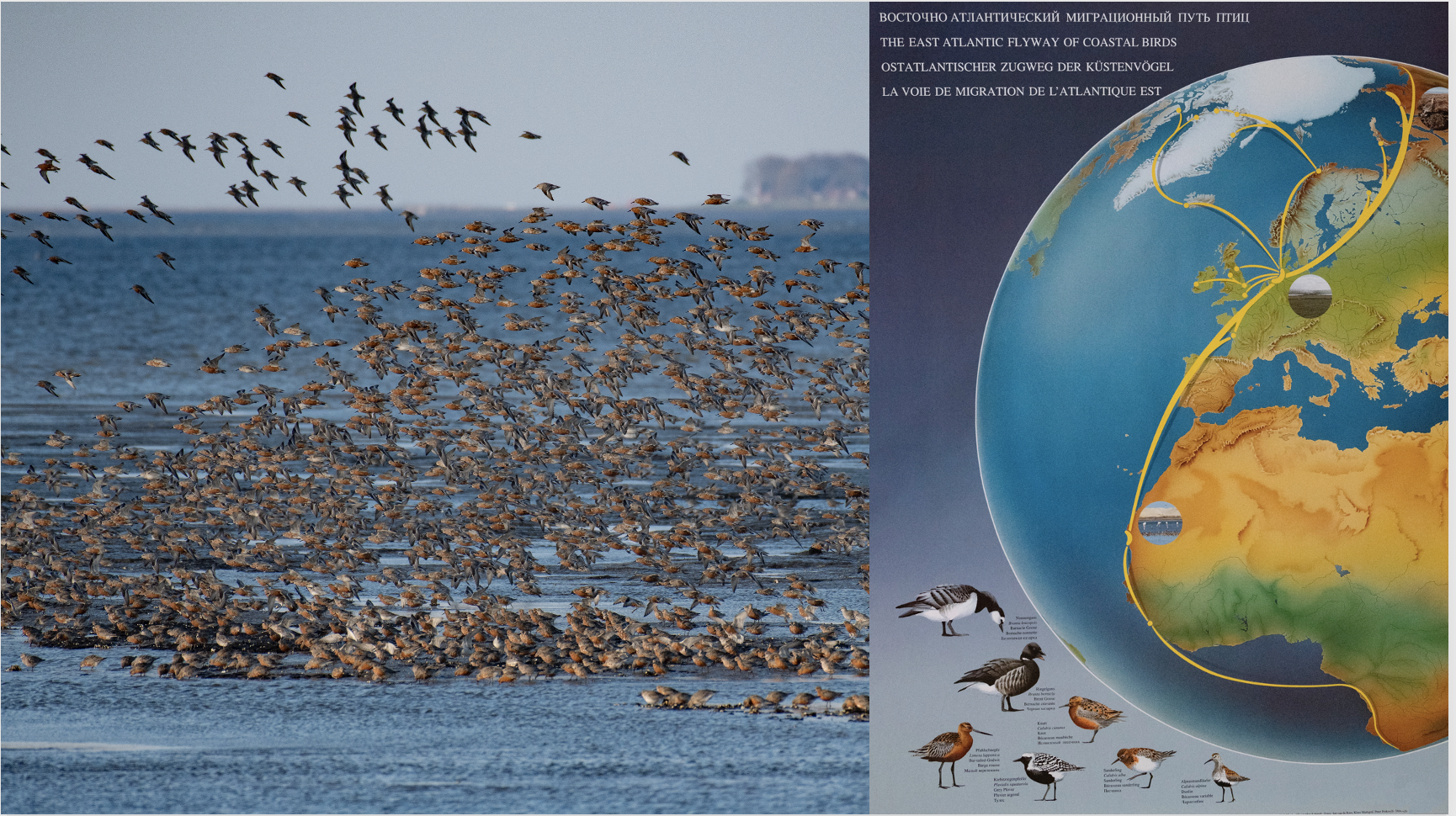By Peter Prokosch
The Wadden Sea, a prominent example of Linking Tourism & Conservation, is the central hub for about 10-12 million coastal birds migrating yearly along the East Atlantic Flyway.
At this time of the year, these shorebirds and geese, such as knot sandpipers and brent geese, are refuelling their fat reserves before leaving later in May towards their Arctic breeding grounds in the tundra of North Siberia, Greenland, and Canada. Therefore, it was the ideal time for some 30 bird and conservation experts from Guinea Bissau, Mauritania, the UK, the Netherlands, Germany, Denmark, Italy, Norway, and Ukraine to meet on Hallig Langeness in the Schleswig-Holstein Wadden Sea. Surrounded by tens of thousands of these impressive migratory coastal birds, they reviewed conservation success stories.
Thirty years ago, the Great Arctic Reserve on the northernmost coast of Taimyr/Siberia was inaugurated as a result of joint expeditions by Russian, Ukraine, German, Dutch, Polish, British, South African, and other nations ornithologists.
Fifty years ago, a famous shorebird expedition took place to Mauritania. It triggered bird research projects going hand in hand with establishing the Banc d’Arguin national park and, later on, protected areas in Guinea Bissau further South on the West African coast. In the same year, in 1973, studies of brent geese on the Maplin Sands in the Thames mouth of South East England started, where London planned a new airport.
The airport was never built. Instead, an international brent goose research group developed and had much to do with the protected area development in the Wadden Sea. And there are other examples, such as Svalbard, where bird research, nature conservation, and tourism together achieved new national parks.
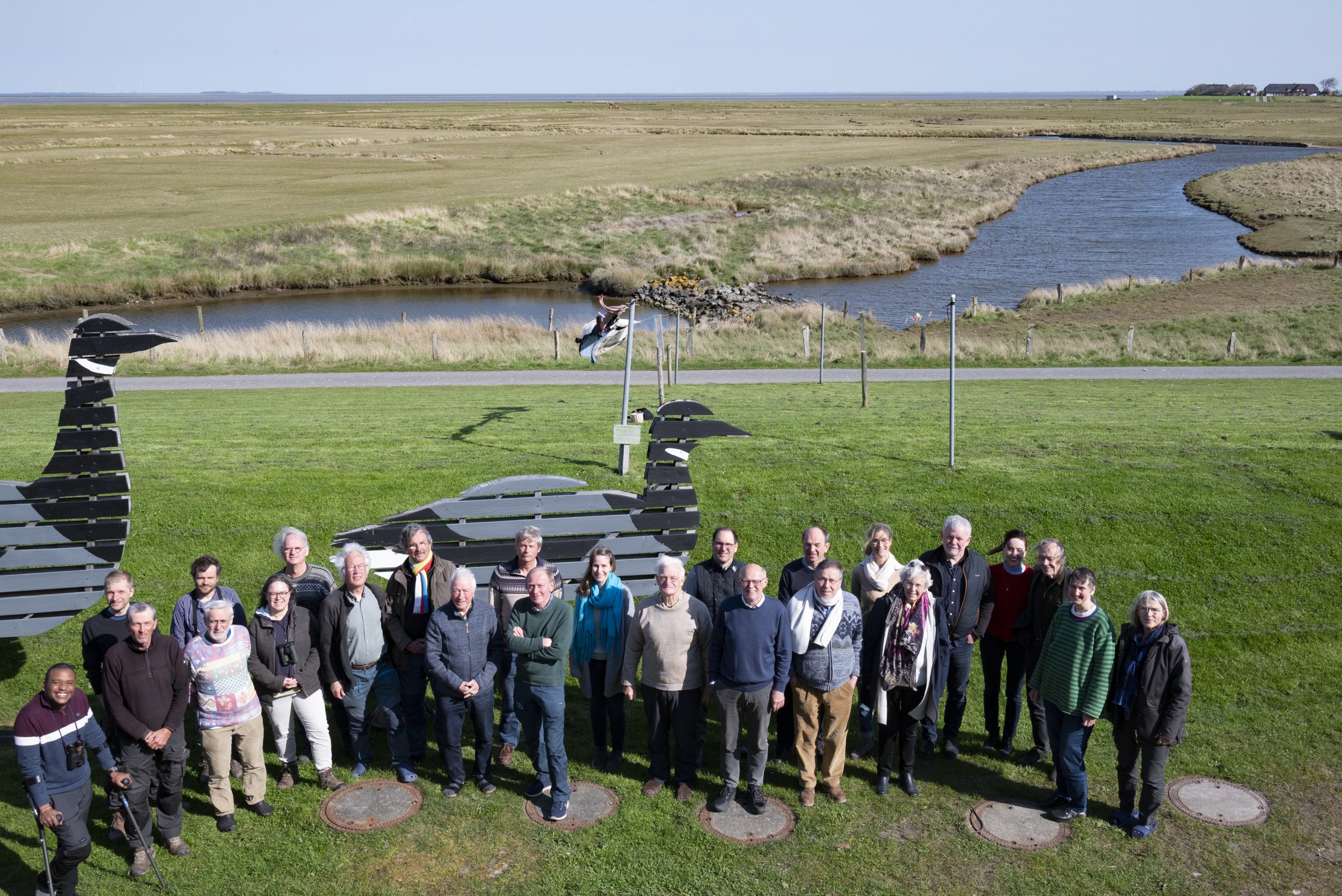
The objective of the East Atlantic Flyway Week on Langeness was to review the history of the flyway concept and produce an overview of ongoing activities and potential future initiatives for improving, enlarging, or establishing protected areas along this migration route.
Much attention was paid to achieving more examples of functioning cooperation in research, conservation, and tourism. How can existing success stories stimulate new initiatives for protected area development?
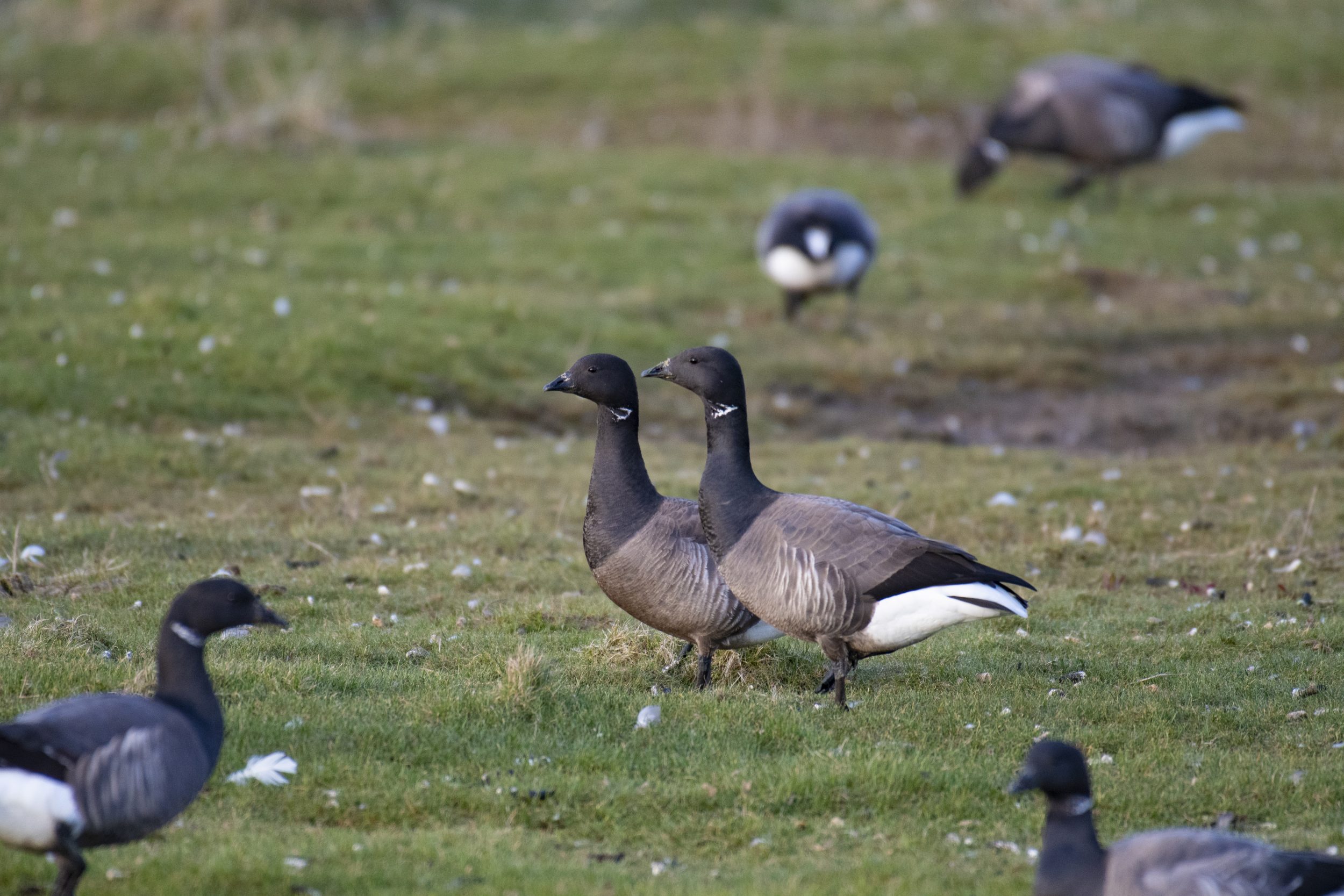
Realising that the political situation tragically changed with the Russian war in Ukraine, the seminar also involved communication with Russian ornithologists. A Ukrainian presentation about the “Sivash – the ‘Wadden Sea’ on the Mediterranean Flyway” on the programme of the flyway week raised significant concerns about the future of these internationally critical wetlands between Crimea and the Ukrainian mainland on the Azov Sea coast.
Major seminar findings will be included in a public book about the East Atlantic Flyway. The publication should be inspirational and provide incentives and reasons why getting involved in conservation, working with others, and looking to the future with necessary optimism is worthwhile. You are welcome to discuss whether this concept, trying to spread optimism, is working out.
